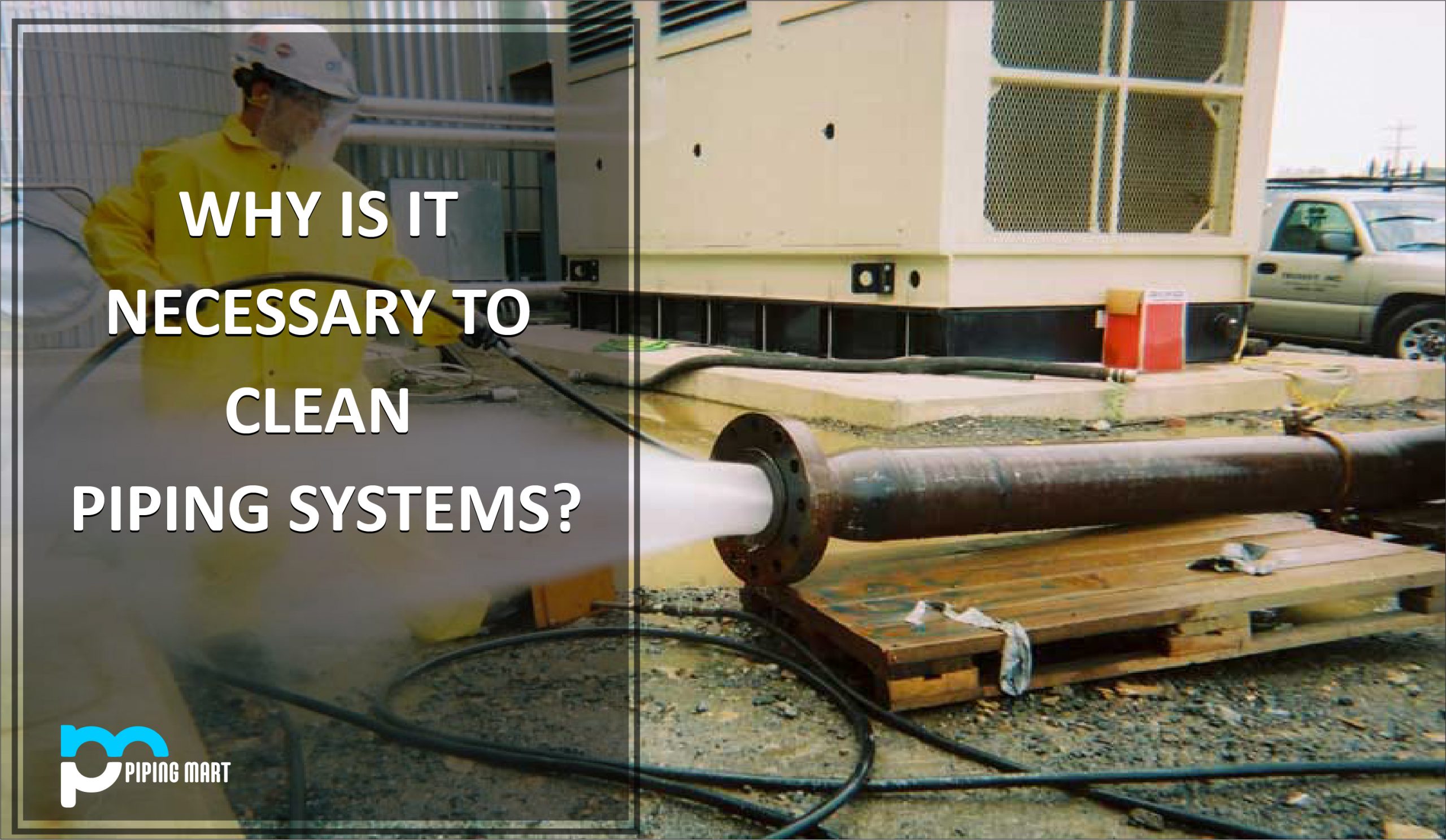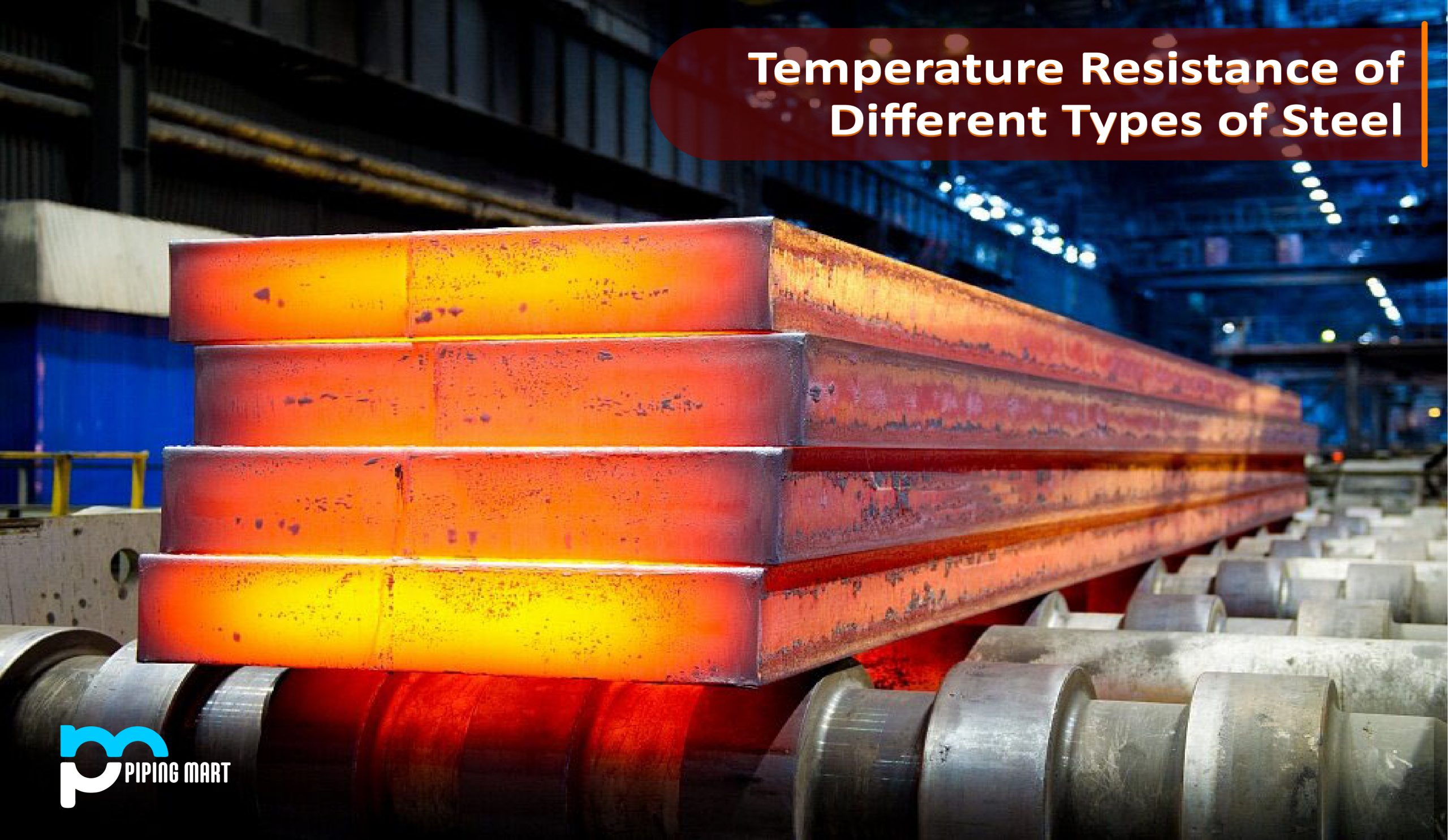When it comes to welding, you have two main options: MIG welding and MAG welding. Both offer their own advantages and disadvantages, so it’s important to understand the differences between the two before making a decision about which one is best for your project. Let’s take a look at what sets MIG and MAG welding apart from each other.
MIG Welding
MIG, or metal inert gas, welding is a method of using an arc between an electrode wire and the workpiece. It uses a shielding gas that helps protect the weld area from contamination. It’s a semi-automatic process, meaning that you can easily adjust the speed of the wire feed as needed. This makes MIG welding perfect for thin metals like aluminum or steel sheet metal because it doesn’t require any preparation with rods or fluxes – just start up and go!
MIG welders are also relatively easy to use compared to other types of welders, even for beginners. You don’t need to be an expert welder in order to get good results with this type of equipment. Still, it does require some practice – but once you understand how MIG works, you can achieve excellent results quickly.
MAG Welding
MAG welding stands for Metal Active Gas and is similar to MIG welding in that it uses a shielding gas to protect the weld area from contamination. However, unlike MIG welding, MAG utilizes an active gas such as argon or CO2 that actively participates in the formation of the weld puddle. This means that when heated correctly by the electrode wire arc, these gases help form stronger bonds than those formed in pure argon atmospheres used in MIG welding processes. Additionally, since these gases are more active than inert ones used in MIG processes they tend to produce cleaner welds with fewer imperfections such as porosity or lack of fusion on butt joints between two pieces of metal being joined together in fabrication projects.
Difference Between MIG Welding and MAG Welding
Advantages of MIG Welding
MIG welding has several advantages over mag welding. First, MIG welding is faster than mag welding because the electrode is fed through a welding gun. Second, MIG welding produces less smoke and fumes than mag welding because the electrode is not in contact with the work piece. Third, MIG welding can be used on thicker materials than mag welding because the electrode can be moved more quickly. Fourth, MIG welding produces cleaner welds than mag welding because there is less chance for contamination.
Advantages of Mag Welding
Mag welding has several advantages over MIG welding. First, Mag welding can be used on thinner materials than MIG welding because the electrode does not have to be moved as quickly. Second, Mag welding produces less heat than MIG welding because the electrode is not in contact with the work piece. Third, Mag welding can be used in difficult-to-reach places because the electrode can be bent to reach these places. Fourth, Mag welding produces stronger welds than MIG welds because the heat from the arc melts the metal more evenly.
Disadvantages of MIG Welding
MIG Welding also has some disadvantages when compared to Mag Welding. One disadvantage of MIG Welding is that it can be more expensive than Mag Welding since it requires special equipment such as a welder and gas cylinder. Another disadvantage of MIG Welding is that it can be more dangerous since it produces more sparks than Mag Welding. Finally, MIG Welding can produce less strong welds than Mag Welding if not done correctly.
Disadvantages of Mag Welding
Mag Welding also has some disadvantages when compared to MIG Welding. One disadvantage of Mag Welding is that it can take longer to complete a project since each bead must be cooled before starting the next one. Another disadvantage of Mag Welding is that it can produce more fumes and smoke since the electrode comes in contact with the work piece. Finally, MIG Welding may not be suitable for use on thicker materials since it takes longer to heat up
Conclusion:
It should be clear now that there are distinct differences between MIG and MAG welding processes depending on your specific needs. If you plan on working with thin metals such as aluminum or steel sheet metal, then MIG is likely your best bet due to its ease of use and quick setup time without requiring any fluxes or rods for preparation prior to beginning your job. On the other hand, if you plan on working with thicker materials like stainless steel then MAG may be your preferred choice due its higher quality bonds resulting from active gases participating in formation of weld puddles during heating process by electrode arc while still protecting against contamination via shielding gases present during entire process as well. Ultimately it depends on what kind of results you’re looking for when deciding which type of welder will best suit your project needs!

Abhishek is a seasoned blogger and industry expert, sharing his insights and knowledge on various topics. With his research, Abhishek offers valuable insights and tips for professionals and enthusiasts. Follow him for expert advice on the latest trends and developments in the metal industry.




